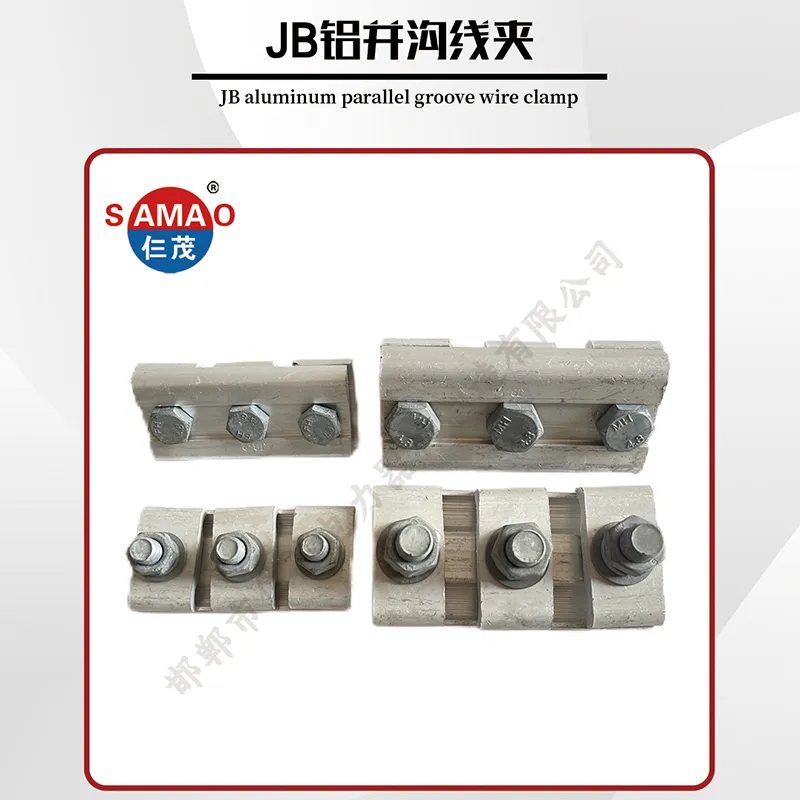لحام قضيب الأرض
The Significance of Grounding Rod Welding in Electrical Systems
Grounding systems play a crucial role in ensuring the safety and reliability of electrical installations. Among the various methods employed to establish effective grounding systems, welding grounding rods is a common and essential practice. This article delves into the significance of grounding rod welding, its methods, materials, and the safety benefits it provides in electrical systems.
Understanding Grounding Rods
Grounding rods, often made of copper or galvanized steel, are conductive rods driven into the earth. They serve to dissipate electrical energy safely into the ground, protecting people and equipment from electrical faults, surges, and lightning strikes. A well-implemented grounding system ensures that excess electricity can safely disperse away from equipment and prevents hazardous situations.
The Importance of Welding
Welding grounding rods is vital for several reasons
1. Electrical Integrity A strong, continuous electrical connection is crucial for a grounding system. Welding provides a permanent bond between the grounding rod and the grounding conductor, minimizing the resistance in the connection. This low resistance is essential to allow fault current to travel safely into the ground.
.
3. Corrosion Resistance Grounding rods, especially those made from metals like copper, are prone to corrosion when exposed to moisture and other environmental factors. Welding creates a seamless connection that is less susceptible to corrosion compared to connections made with bolts or clamps. This is particularly important in areas with high humidity or salty air.
لحام قضيب الأرض

4. Safety A reliable grounding system is essential for the safety of both personnel and equipment. By eliminating weak points in the grounding system, welding helps prevent electrical shock hazards and equipment damage from power surges. In emergency situations, a well-grounded system can make the difference between a safe environment and catastrophic failure.
Methods of Welding Grounding Rods
Welding grounding rods can be achieved through various techniques, each suited for different materials and application scenarios
1. Arc Welding This is one of the most commonly used methods for welding grounding rods. It uses an electric arc to melt the base material and the filler metal, creating a strong bond. Both Shielded Metal Arc Welding (SMAW) and Gas Metal Arc Welding (GMAW) can be effective for this purpose, depending on the specific requirements.
2. Resistance Welding In this method, electrical resistance is used to generate heat at the joint area between the grounding rod and the conductor, resulting in a strong bond. This technique is often preferred for its speed and efficiency, especially in industrial settings where multiple connections need to be made quickly.
3. Brazing While not a welding method in the strictest sense, brazing involves joining metals using a filler material that melts at a lower temperature than the base metals. This method can be used for joining copper components, particularly when a less invasive approach is desirable.
Conclusion
In summary, the welding of grounding rods is an integral part of establishing effective electrical grounding systems. Its advantages in terms of electrical integrity, durability, corrosion resistance, and safety cannot be overstated. As electrical systems continue to evolve, the importance of robust grounding solutions will only increase, making welding an essential skill for electricians and engineers alike. Proper training and understanding of welding techniques, along with adherence to safety standards, are crucial for those involved in maintaining and installing grounding systems. Enhanced grounding methods not only protect us from electrical hazards but also ensure the longevity and reliability of our electrical infrastructures.




